#electrodes
Text

Bergdoktor 14x5 - defib
#female heartbeat#dark cardiophilia#resus#defib#cpr#defib paddles#female patient#whump#ambubag#electrodes#heart#heartbeat#herz#herzschlag
142 notes
·
View notes
Text
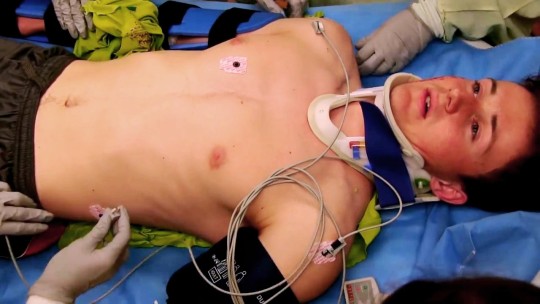
taking all precautions
72 notes
·
View notes
Text
youtube
Still tachy, little play recording heartbeat with portable ecg monitor and bp cuff and heartbeat...
#blood pressure monitor#bp monitor#sphygmomanometer#hypertension#taking bp#taking blood pressure#bloodpressurecuff#blood pressure cuff#blood pressure#heart monitor#cardiophilia#fast heart rate#fast heartbeat#heartbeat#steth me#male cardiophile#male heartbeat#male steth#my heart#ecg#male patient#electrodes#medfet#electrocardiogram#bloodpressure#BP#bpcuff#highbloodpressure#takingbp#Youtube
58 notes
·
View notes
Text

A little session of ect
45 notes
·
View notes
Text

74 notes
·
View notes
Video
in the dark we’re found
More lyrically formed than the last improvisation. Not entirely there yet but, its getting there. LED lamp base spiritual choir, light controlled arduino sound manipulations, touch electrodes, spring resonators
#dark#music#performance#light#hands#sound#me#video#face#self#electrodes#springs#some fucky spots but will get better next time
106 notes
·
View notes
Text
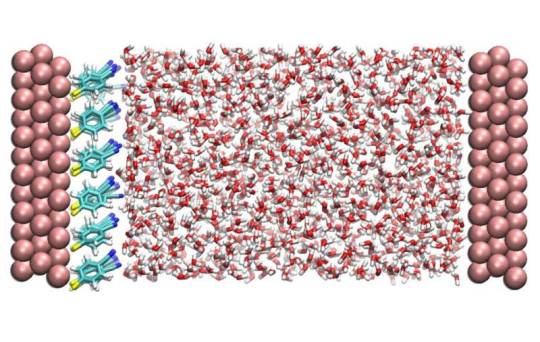
First observation of how water molecules move near a metal electrode
A collaborative team of experimental and computational physical chemists from South Korea and the United States has made an important discovery in the field of electrochemistry, shedding light on the movement of water molecules near metal electrodes.
This research holds profound implications for advancing next-generation batteries utilizing aqueous electrolytes.
In the nanoscale realm, chemists typically utilize laser light to illuminate molecules and measure spectroscopic properties to visualize molecules. However, studying the behavior of water molecules near metal electrodes proved challenging due to the overwhelming interference from metal atoms in the electrode itself.
Read more.
18 notes
·
View notes
Text

Bedside Manner
16 notes
·
View notes
Text
Shuffling Robot Uses Biological Muscle to Move and Spin - Technology Org
New Post has been published on https://thedigitalinsider.com/shuffling-robot-uses-biological-muscle-to-move-and-spin-technology-org/
Shuffling Robot Uses Biological Muscle to Move and Spin - Technology Org
Researchers at the University of Tokyo have created a two-legged biohybrid robot, combining an artificial skeleton with biological muscle, which is capable of walking and pivoting underwater.
Typical biohybrid robots can move in straight lines or perform large turns but struggle to carry out finer movements in smaller spaces. This makes them unsuitable for use in areas with many obstacles, such as in search and rescue operations.
The new robot can pivot on one foot, enabling it to turn within a small circle. At present, it can only work underwater as the lab-grown muscle dries out quickly when exposed to air, losing effectiveness. However, the researchers foresee that it would be possible to create future iterations which can walk on land, by using thicker muscles with their own nutrient supplies and possibly covering them in artificial skin.
Labeled illustration and image of robot. These labeled pictures show the flexible body of the robot, made from skeletal muscle tissue and a clear flexible silicone substrate, attached to the weighted 3D printed legs and feet. Image credit: Kinjo et al/ Matter
If I ask you to imagine a robot made of living muscle on an artificial skeleton, the striding form of a part human, part machine cyborg may come to mind. But the truth is that we are still just taking baby steps when it comes to creating biohybrid, natural-artificial robots.
Building real-life biohybrid robots which can walk like a human, let alone stride or run like one, is a big challenge. Professor Shoji Takeuchi and his team from the Graduate School of Information Science and Technology at the University of Tokyo have taken on this challenge in their latest research.
“By incorporating living tissues as part of a robot, we can make use of the superior functions of living organisms. In our latest research, we combined lab-grown skeletal muscle tissue with flexible artificial legs and 3D-printed feet. Using the muscle tissue to move the legs allowed us to create a small robot with efficient, silent movements and a soft touch,” explained Takeuchi.
This sped-up GIF of the robot underwater shows the legs walking forward, with the muscle contractions being stimulated by electricity. Image credit: Kinjo et al/ Matter/University of Tokyo
The researchers began by growing skeletal muscle in molds to create strips. The muscle tissue loses its ability to move when it becomes too dry, so the robot was designed to be suspended in water. The team made a lightweight skeleton from a floating styrene board, a flexible silicone-based body, acrylic resin legs with brass wire weights, and 3D-printed feet. Two strips of muscle tissue were attached from the body to the feet of the robot, completing the legs.
Each leg was stimulated using hand-held gold electrodes to deliver a charge, similar to your brain sending electrical signals to your body to move. This caused the muscle tissue to contract and the robot to “walk” when the legs were stimulated one after the other.
By stimulating each leg at five-second intervals, they were able to move the robot at a speed of 5.4 millimeters per minute. Although it might not seem particularly fast, the speed of its leg movements was comparable to that of other biohybrid robots.
“Initially, we weren’t at all sure that achieving bipedal walking was possible, so it was truly surprising when we succeeded,” said Takeuchi.
“Our biohybrid robot managed to perform forward and turning movements with a bipedal walk by effectively balancing four key forces: the muscle contractile force, the restorative force of the flexible body, the gravity acting on the weight, and the buoyancy of the float.”
Explanation of walking movement. The top illustrations show the three phases of the robot’s movement: first, lifting the foot; second, the foot hangs suspended; and third, it lands. The graph below shows the distance traveled and time it took for each phase, the longest being the hanging phase. The combination of the three phases leads to one step. Image credit: Kinjo et al/ Matter/University of Tokyo
The team is now considering how to create a smoother-moving robot that can walk on land by developing methods to stimulate the muscles remotely and creating thicker muscles with a nutrient supply to sustain them.
Takeuchi said: “We’re working on designing robots with joints and additional muscle tissues to enable more sophisticated walking capabilities. Our findings offer valuable insights for the advancement of soft flexible robots powered by muscle tissue and have the potential to contribute to a deeper understanding of biological locomotion mechanisms, further enabling us to mimic the intricacies of human walking in robots.”
Source: University of Tokyo
#3d#air#artificial#artificial muscles#baby#Biotechnology news#board#Brain#Building#challenge#Chemistry & materials science news#Developments#electricity#electrodes#Explained#explanation#Featured information processing#Featured life sciences news#Featured technology news#Featured video#form#Future#gif#gold#Graph#gravity#hand#Hardware & gadgets#how#how to
2 notes
·
View notes
Text
IaF s21 ep 11 - heart attack & cardiac ultrasound
#female heartbeat#dark cardiophilia#cardiophilia#female patient#whump#stething#stethoscope#heart attack#cardiac ultrasound#heart#heartbeat#herz#herzschlag#nasal cannula#electrodes#doctor#hospital#german tv#panic attack#hospital gown
156 notes
·
View notes
Text
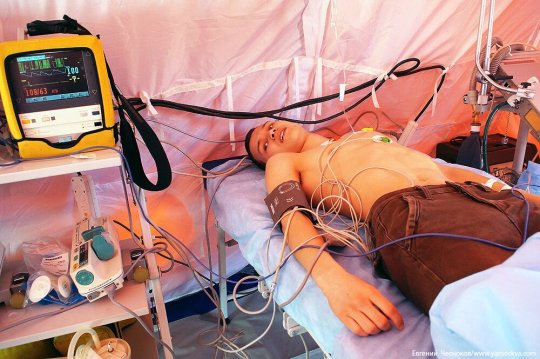
getting the works
77 notes
·
View notes
Text
youtube
Tachycardia episode, so i record my hearbeat and monitoring him longer time. Enjoy that Clip
#cardiophilia#fast heart rate#fast heartbeat#heartbeat#steth me#male cardiophile#male heartbeat#male steth#my heart#ecg#male patient#electrodes#heart monitor#medfet#electrocardiogram#blood pressure#bloodpressure#BP#bpcuff#sphygmomanometer#bloodpressurecuff#hypertension#highbloodpressure#takingbp#Youtube
33 notes
·
View notes
Text

A little moment of pleasure under the electrodes.
44 notes
·
View notes
Photo
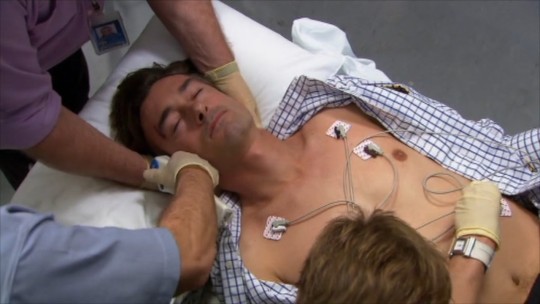
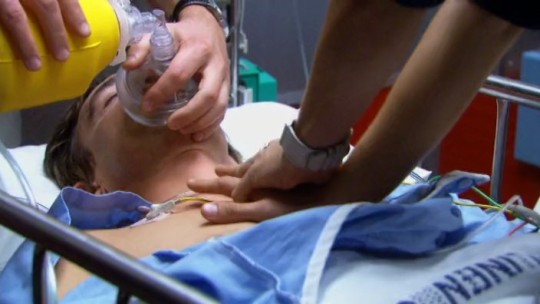

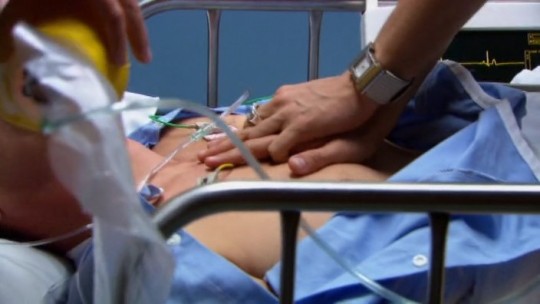
All Saints S08E34 One of Those Days
40 notes
·
View notes
Text
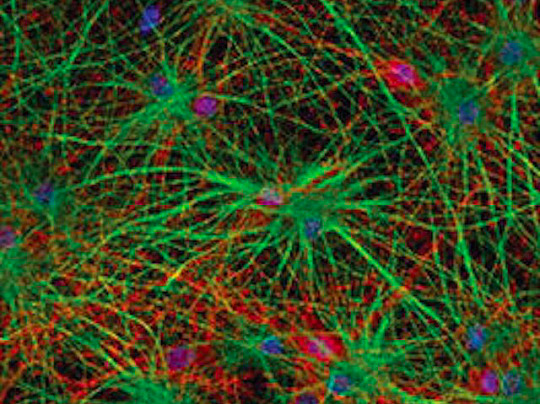
When Implants Fail
Insight into the mechanisms underlying peri-electrode gliosis (changes in the brain's glial cells) which leads to failure of neural implants – devices put onto the brain surface to treat disorders by blocking or stimulating nerve signals
Read the published research paper here
Image from work by Alexandre Trotier and colleagues
SFI Research Centre for Medical Devices (CÚRAM), University of Galway, Galway, Ireland
Image originally published with a Creative Commons Attribution 4.0 International (CC BY 4.0)
Published in Advanced Science, July 2023
You can also follow BPoD on Instagram, Twitter and Facebook
#science#biomedicine#immunofluorescence#neuroscience#neural implants#brain implant#glia#glial cells#electrodes
3 notes
·
View notes
Text

Water-purifying cup makes drinkable water from creeks and streams
A rash of storms in Texas in recent years—from Hurricane Harvey in 2017 to the deep freeze in 2021—has put big chunks of the population in danger and left millions without electricity or water for long periods.
These calamities have also served as motivation for a researcher at The University of Texas at Austin to refocus her work on innovations that can help communities respond to severe weather events. Her latest project is a mug-sized device that can quickly clean water using a small jolt of electricity to fish out bacterial cells. In lab experiments, the device was able to remove 99.997% of E. coli bacteria from 2- to 3-ounce samples taken from Waller Creek in Austin in approximately 20 minutes, with the capacity to do more.
"We are able to clean water using very little energy because we steer the bacterial cells with electric fields, and most bacterial cells are natural swimmers who propel themselves to electrodes and got captured alive," said D. Emma Fan, an associate professor in the Cockrell School of Engineering's Walker Department of Mechanical Engineering, who led the research published recently in ACS Nano.
Read more.
23 notes
·
View notes